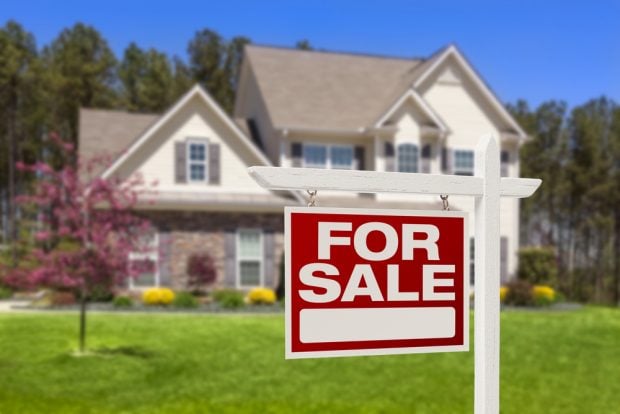Even for the most prepared retiree, unexpected expenses duringretirement can derail a carefully crafted financial plan.
|Some of these risks are more obvious than others. Not havingenough money to cover expenses and outliving savings are two risksthat most people think about when planning for retirement. Butless-obvious expenses can sneak up on retirees and cause both minorand major impacts to their financial situation.
|The Society of Actuaries studied the impact of unexpected orshocking retirement expenses during its 2015 update to itsbiennial risk survey started in 2001. The study followed up withfocus groups to supplement regular surveys with people who wereretired at least 15 years to understand the long-term impact of alack of retirement planning. While almost three in tenretirees (28%) report experiencing none of these shocks orunexpected expenses, 13% say they encountered three and 19%encountered four or more in retirement. One-quarter of retiredwidows (24%) indicate they have encountered four or more.
|The society asked retirees and retired widows which retirementexpenses they had encountered during retirement. Read on the findout about these costs, along with the relevant break down by age,gender and household income.
||
 17. Loss ofcapacity requiring someone outside the household to manage yourmoney
17. Loss ofcapacity requiring someone outside the household to manage yourmoney
Retirees: 1%
|Retired widows: 1%
|Men: 1%
|Women: 1%
|Age 45-59: 4%
|Age 60-69: 0%
|Age 70-80: 1%
|Household income less than $35,000: 2%
|Household income $35,000 – $74,000: 1%
|Household income greater than $75,000: –
||
 16. Divorceduring retirement
16. Divorceduring retirement
Retirees: 3%
|Retired widows: 1%
|Men: 3%
|Women: 3%
|Age 45-59: 3%
|Age 60-69: 4%
|Age 70-80: 3%
|Household income less than $35,000: 5%
|Household income $35,000 – $74,000:2%
|Household income greater than $75,000: 2%
||
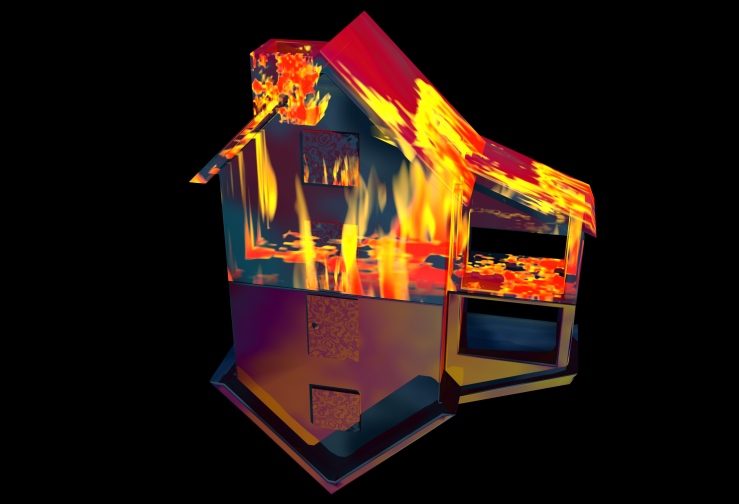 15. Significantdamage to or loss of home due to fire or naturaldisaster
15. Significantdamage to or loss of home due to fire or naturaldisaster
Retirees: 3%
|Retired widows: 4%
|Men: 2%
|Women: 4%
|Age 45-59: 5%
|Age 60-69: 2%
|Age 70-80: 3%
|Household income less than $35,000: 2%
|Household income $35,000 – $74,000: 4%
|Household income greater than $75,000: 2%
||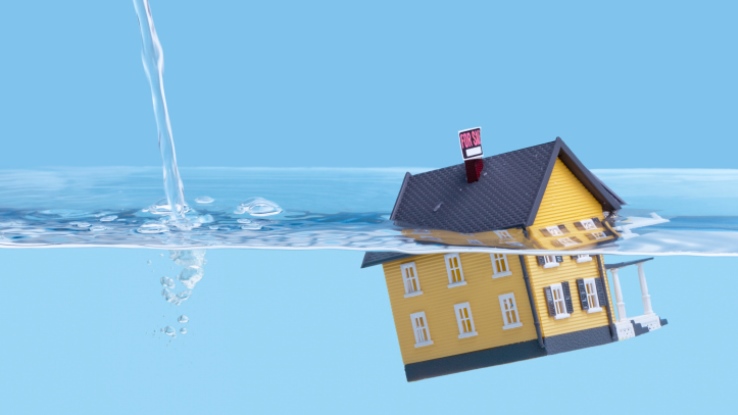 14. Loss of homethrough foreclosure
14. Loss of homethrough foreclosure
Retirees: 3%
|Retired widows: 6%
|Men: 2%
|Women: 3%
|Age 45-59: 6%
|Age 60-69: 3%
|Age 70-80: 2%
|Household income less than $35,000: 4%
|Household income $35,000 – $74,000: 2%
|Household income greater than $75,000: 1%
||
 13.Bankruptcy
13.Bankruptcy
Retirees: 4%
|Retired widows: 4%
|Men: 5%
|Women: 3%
|Age 45-59: 8%
|Age 60-69: 3%
|Age 70-80: 4%
|Household income less than $35,000: 7%
|Household income $35,000 – $74,000: 3%
|Household income greater than $75,000: 1%
||
 12. Victimization by fraud orscam
12. Victimization by fraud orscam
Retirees: 6%
|Retired widows: 5%
|Men: 5%
|Women: 7%
|Age 45-59: 11%
|Age 60-69: 5%
|Age 70-80: 5%
|Household income less than $35,000: 8%
|Household income $35,000 – $74,000: 5%
|Household income greater than $75,000: 4%
||
 11. Loss in total value ofsavings of 10% or more due to poor investmentdecisions
11. Loss in total value ofsavings of 10% or more due to poor investmentdecisions
Retirees: 9%
|Retired widows: 8%
|Men: 12%
|Women: 7%
|Age 45-59: 16%
|Age 60-69: 9%
|Age 70-80: 8%
|Household income less than $35,000: 11%
|Household income $35,000 – $74,000: 9%
|Household income greater than $75,000: 7%
||
 10. Death of a spouse orlong-term partner
10. Death of a spouse orlong-term partner
Retirees: 10%
|Retired widows: 56%
|Men: 5%
|Women: 14%
|Age 45-59: 4%
|Age 60-69: 6%
|Age 70-80: 16%
|Household income less than $35,000: 15%
|Household income $35,000 – $74,000: 7%
|Household income greater than $75,000: 5%
||
 9. Family emergencythat impacted the amount able to spend on other things or used 10%or more of savings
9. Family emergencythat impacted the amount able to spend on other things or used 10%or more of savings
Retirees: 12%
|Retired widows: 18%
|Men: 11%
|Women: 13%
|Age 45-59: 20%
|Age 60-69: 11%
|Age 70-80: 11%
|Household income less than $35,000: 17%
|Household income $35,000 – $74,000: 11%
|Household income greater than $75,000: 6%
||
 8. Going onMedicaid
8. Going onMedicaid
Retirees: 14%
|Retired widows: 11%
|Men: 16%
|Women: 12%
|Age 45-59: 24%
|Age 60-69: 12%
|Age 70-80: 12%
|Household income less than $35,000: 27%
|Household income $35,000 – $74,000: 6%
|Household income greater than $75,000: 3%
||
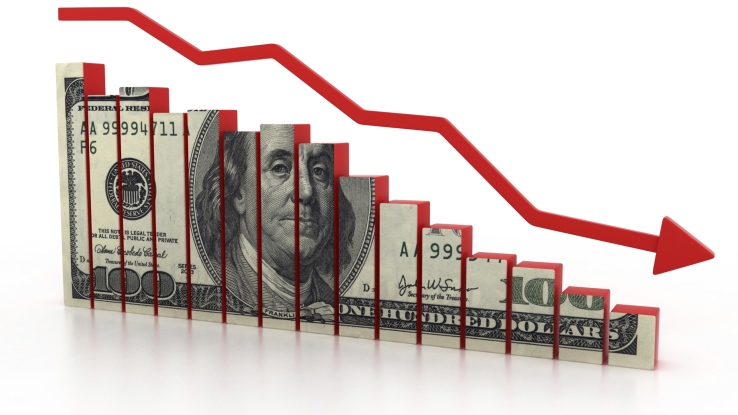 7. Sudden loss of totalvalue of savings of 25% or more due to a fall in themarket
7. Sudden loss of totalvalue of savings of 25% or more due to a fall in themarket
Retirees: 14%
|Retired widows: 13%
|Men: 14%
|Women: 14%
|Age 45-59: 13%
|Age 60-69: 9%
|Age 70-80: 19%
|Household income less than $35,000: 15%
|Household income $35,000 – $74,000: 12%
|Household income greater than $75,000: 14%
||
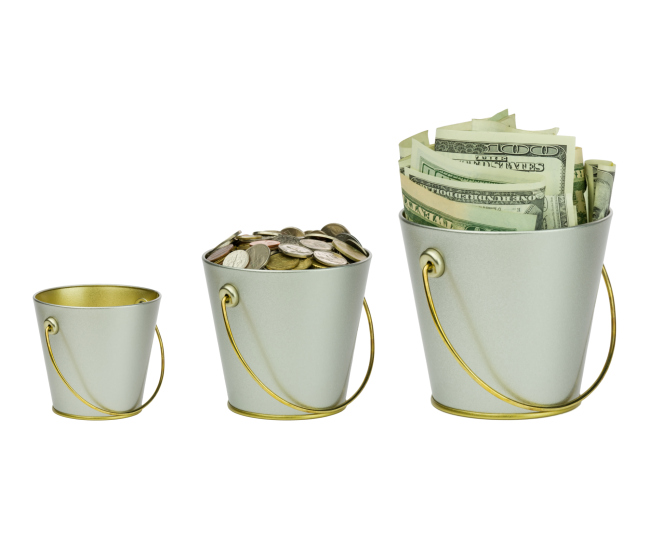 6. Running outof assets
6. Running outof assets
Retirees: 15%
|Retired widows: 16%
|Men: 15%
|Women: 15%
|Age 45-59: 23%
|Age 60-69: 13%
|Age 70-80: 13%
|Household income less than $35,000: 27%
|Household income $35,000 – $74,000: 9%
|Household income greater than $75,000: 3%
||
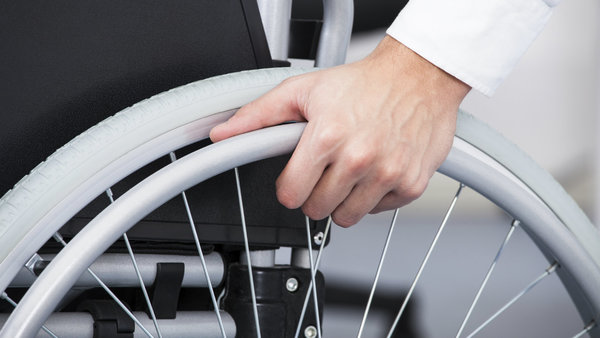 5. Illness or disabilitythat limited the retiree's ability to care for himself orherself
5. Illness or disabilitythat limited the retiree's ability to care for himself orherself
Retirees: 15%
|Retired widows: 22%
|Men: 15%
|Women: 15%
|Age 45-59: 25%
|Age 60-69: 13%
|Age 70-80: 14%
|Household income less than $35,000: 21%
|Household income $35,000 – $74,000: 12%
|Household income greater than $75,000: 9%
||
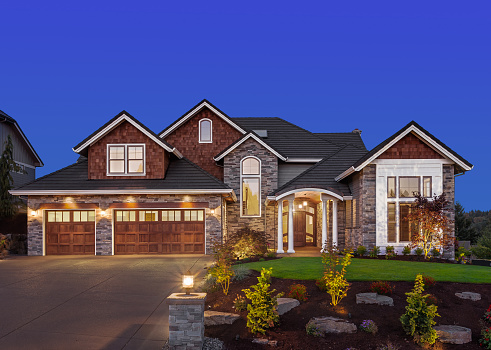 4. Drop in home valueof 25% or more
4. Drop in home valueof 25% or more
Retirees: 16%
|Retired widows: 22%
|Men: 16%
|Women: 16%
|Age 45-59: 13%
|Age 60-69: 15%
|Age 70-80: 19%
|Household income less than $35,000: 13%
|Household income $35,000 – $74,000: 19%
|Household income greater than $75,000: 18%
||
 3. Significantout-of-pocket medical or prescription expenses from a chronichealth condition or disability that did not limit the retiree'sability to care for himself or herself
3. Significantout-of-pocket medical or prescription expenses from a chronichealth condition or disability that did not limit the retiree'sability to care for himself or herself
Retirees: 20%
|Retired widows: 12%
|Men: 22%
|Women: 18%
|Age 45-59: 31%
|Age 60-69: 21%
|Age 70-80: 15%
|Household income less than $35,000: 27%
|Household income $35,000 – $74,000: 20%
|Household income greater than $75,000: 8%
||
 2. Major dentalexpenses
2. Major dentalexpenses
Retirees: 24%
|Retired widows: 28%
|Men: 23%
|Women: 25%
|Age 45-59: 27%
|Age 60-69: 20%
|Age 70-80: 28%
|Household income less than $35,000: 23%
|Household income $35,000 – $74,000: 23%
|Household income greater than $75,000: 26%
||
 1. Major homerepairs or upgrades
1. Major homerepairs or upgrades
Retirees: 28%
|Retired widows: 34%
|Men: 28%
|Women: 29%
|Age 45-59: 28%
|Age 60-69: 27%
|Age 70-80: 31%
|Household income less than $35,000: 23%
|Household income $35,000 – $74,000: 30%
|Household income greater than $75,000: 35%
|Complete your profile to continue reading and get FREE access to CUTimes.com, part of your ALM digital membership.
Your access to unlimited CUTimes.com content isn’t changing.
Once you are an ALM digital member, you’ll receive:
- Critical CUTimes.com information including comprehensive product and service provider listings via the Marketplace Directory, CU Careers, resources from industry leaders, webcasts, and breaking news, analysis and more with our informative Newsletters.
- Exclusive discounts on ALM and CU Times events.
- Access to other award-winning ALM websites including Law.com and GlobeSt.com.
Already have an account? Sign In
© 2024 ALM Global, LLC, All Rights Reserved. Request academic re-use from www.copyright.com. All other uses, submit a request to [email protected]. For more information visit Asset & Logo Licensing.





